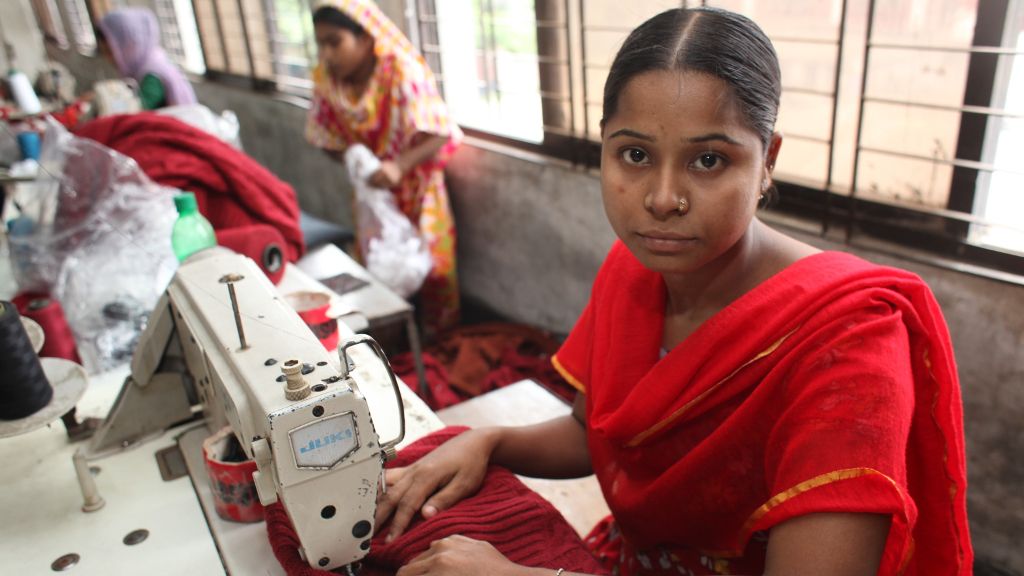23 Jul 2020 Covid-19 impact on women and girls’ conditions in developing countries
COVID19 has worsened female workers’ conditions in developing countries, leaving them in a situation of strong economic distress and reducing their opportunity to be involved in the labor market. Millions of women from developing regions will lose years of success in contributing to household income, voiding the improvements made in closing the gender gap.
What characterizes almost all crisis is that they affect the harshest the most vulnerable and marginalized populations, among which females are highly represented.
Millions of workers around the globe have become unemployed because businesses had been forced to close or to significantly restrict operations, leaving particularly low-skilled females workers in low-income positions in a situation of strong economic distress. This condition is further worsened by the fact that the women-owned businesses tend to be concentrated in less profitable economic sectors and that the female workforce is overrepresented in those industries hitten the hardest by the crisis.
The unbalanced participation of women and men in the manufacturing industry is one example of a differentiating factor in their vulnerability during and after the crisis. For instance, in the garment industry – a sector characterized by low wages, long working hours, and substantial gender pay gaps – women account for almost 75% of the total workforce. As the case of Bangladesh’s textile sector shows, women in low-income countries have been affected by irresponsibly managed global value chains, with international companies that stopped placing orders without caring about job losses.
Limitations to female participation in the workforce also contribute to the increasing gender inequality. First of all, the Covid-19 has increased the burden of unpaid care and domestic work on women and young girls in developing countries, further reducing their opportunity to be involved in the labor market, potentially for a period longer than the pandemic crisis itself. This adds up to deeply rooted structural gender inequalities that exist in many countries and result in unequal access to infrastructure and productive resources for women, especially finance and credit. In this regard, it is estimated that millions of African women and of other developing regions will potentially lose years of success in contributing to household income – a crucial aspect at the base of their independence – voiding the improvements made in closing the gender gap in recent years.
Therefore, women earn less, hold less secure jobs, are more likely to be employed in the informal sector, and bear the highest share of household work. More than 70% of African women not working in agricultural related jobs are employed in the informal sector, holding jobs that do not require a particular level of education and not paying taxes, conduct that does not allow them to receive government support in times of crisis. For all these above-mentioned reasons, women’s capacity to absorb economic shocks is considered to be much lower than that of men.
In addition to the economic and working impacts of the current pandemic, the coronavirus pandemic has resulted also in other negative outcomes. Reports suggest that lockdowns worldwide have led to an increase in domestic violence against women, as couples and families have been forced to live together 24/24h. In Brazil only, domestic violence cases due to coronavirus isolation have surged by almost 50% in the last months.
For further information, see the following links:
- https://www.weforum.org/agenda/2020/05/industries-gender-women-coronavirus-covid19-economic/
- https://blogs.worldbank.org/psd/covid-hurting-women-economically-governments-have-tools-offset-pain
- https://data.unwomen.org/features/covid-19-exposes-harsh-realities-gender-inequality-slums
- https://www.nbcnewyork.com/news/coronavirus/women-on-precipice-in-developing-countries-amid-covid-19/2489482/

